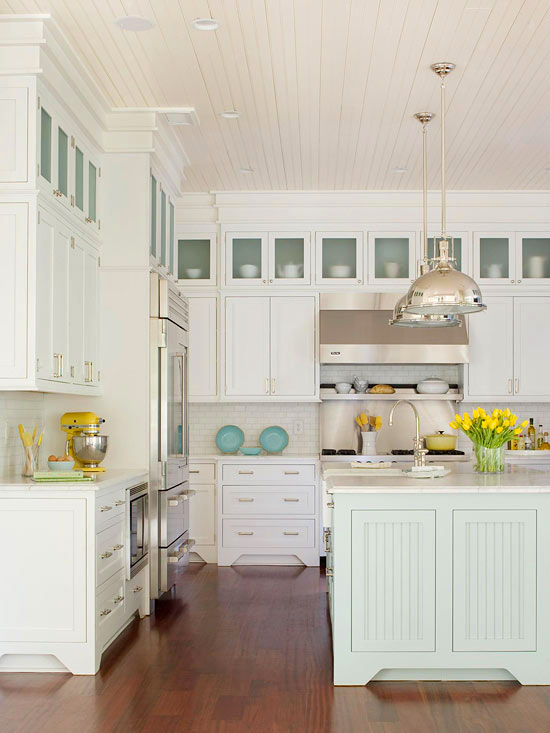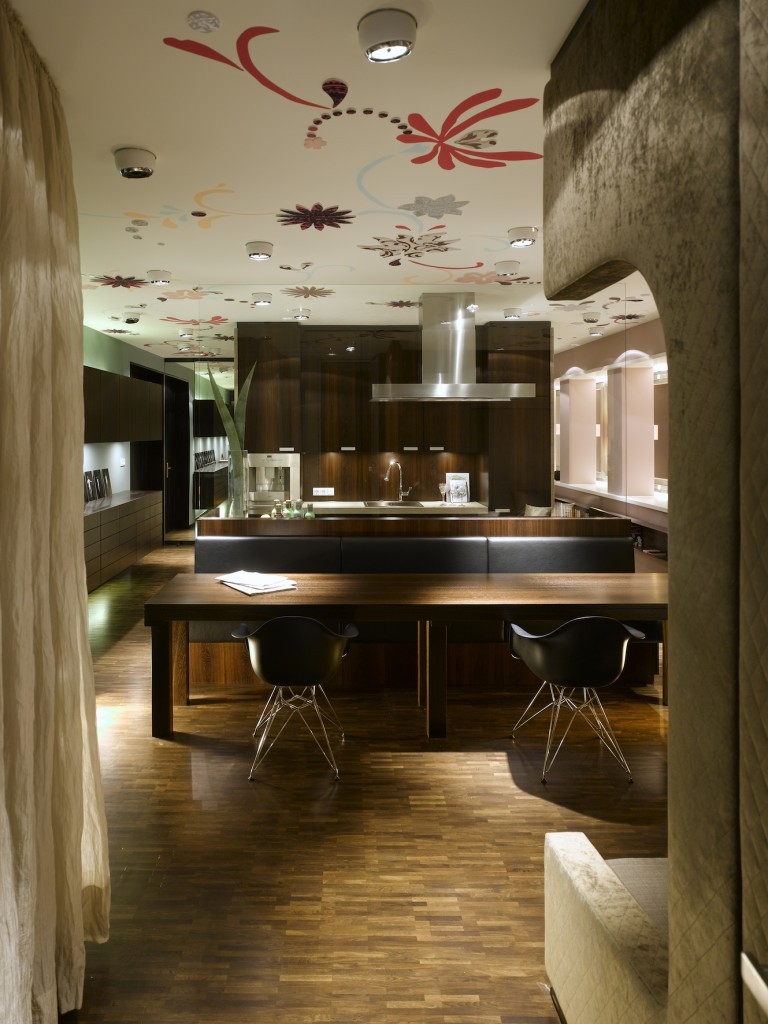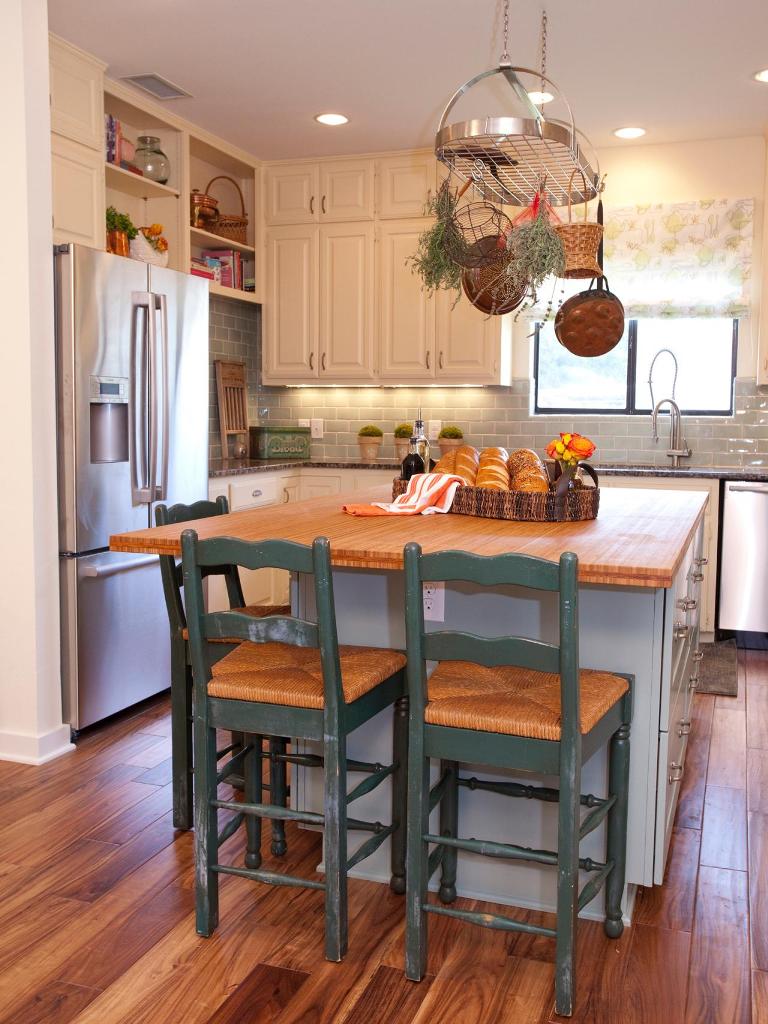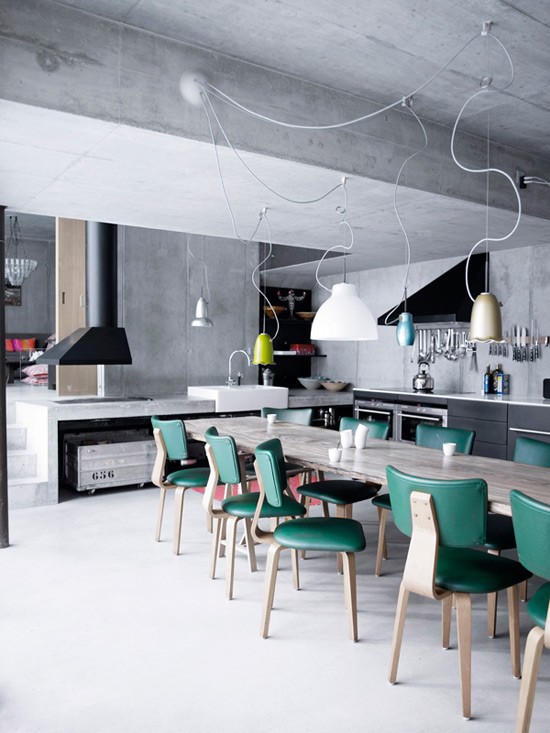Not all plants support the limitations of the winter garden, after all, it is an indoor environment. Find out which are the most recommended species.
Adding a little green indoors provides well-being and cosiness. It also improves the quality of the air that residents breathe. Find out which plants are best to grow in the winter garden and understand the needs of each species.
Plants require care, therefore, before purchasing pots or fertilizers for planting, it is necessary to carefully analyze the available space and the conditions it offers. The resistance of plants increases according to daily maintenance, each one of them needs an amount of water and light to survive.
List of the best winter garden plants
You don’t need a giant porch or backyard to grow seedlings. It is possible to take advantage of a free corner in the apartment to set up a charming winter garden.
1 – Zamioculca

It is widely used outdoors and indoors, it can be placed in any corner of the winter garden, as it stays alive with or without the presence of light. Despite this, it is good to prevent the plant from sunning for many hours at a time, as the sun’s rays can damage the leaves.
2 – Rhapis Palm

The RAFIs have the typical appearance of Oriental plants because their leaves are thin and long when reaching an adult height of two meters. They require care, you need to water frequently and using a small amount of water at a time so as not to soak the root.
3 – Pleomele

The big difference in the pleomele is the green leaves outlined in yellow. The plant is common in winter gardens and near swimming pools, since indoors such as living rooms or offices tend to lack light.
4 – Sao Jorge Spear

The São Jorge spear needs little water, it can be grown either directly on the ground, preferably close to the wall to make the garden decoration more beautiful, or in small pots. Remember that this type of plant does not grow sideways, only vertically, its leaves are very hard and have the shape of a sword.
5 – Peace Lily

They are delicate-looking plants, with dark green leaves and white flowers. To ensure that it stays alive in the winter garden, it is necessary to water it every other day and prevent sunlight from reaching its leaves in the afternoon.
6 – Boa


It is a climbing vine that can be used to decorate the walls of the winter garden, as its leaves are large and have very bright colours in green and yellow. The Boa needs some care, if it is without light it will only form small leaves, in addition, it is necessary to water it frequently.
7 – Echeveria

Echeveria has several species, they differ by colour, therefore, this plant can be found in grayish green, pool green, green with reddish tips or all wine (echeveria black). It adapts to any environment, but cannot be exposed to the sun. Watering should only happen once a week, as this plant stores a lot of water in its stems.
8 – Croton

Croton is a semi-woody shrub that originated in the region of India and Malaysia. Its main characteristic consists of the coloured leaves, with shades of red, purple, yellow, green or orange. The species has many variations, such as the plant with thinner leaves and the version that mixes red and yellow colours in the foliage.
The Croton vase leaves the winter garden with an ornamental touch. As the plant likes the sun a lot, the idea is to place it in a place close to the window. Planting is done with basic substrate and the frequency of watering varies from two to three times a week.
9 – Fan palm

Fan palm is a good choice for the understairs garden. She likes well-lit environments and needs to be fertilized in summer. Its cultivation requires some care, such as avoiding exposure to air conditioning and the incidence of strong winds.
The plant has an ornamental appeal, thanks to its large, pleated leaves and a bright green tone. Those who have this type of palm tree in indoor gardens need to worry about removing the dry leaves and refilling them every two years.
10 – Fern

The fern is not just a trend in wedding decorations. She can also decorate the winter garden, with a lot of charm and beauty. The plant has long, drooping, textured leaves, so it looks amazing in the environment when hung high.
Anyone who wants to have a fern in the winter garden needs to keep in mind that this plant likes half shade and hates wind.
11 – Pacova

Pacova is a plant native to Brazil and capable of transforming the look of indoor environments. Its leaves are ornamental – large, thick and stiff. The cultivation calls for a hot and humid climate, half shade and moderate watering.
12 – Cycling

Cycling is one of the perfect potted plants to decorate indoor gardens. Its large, lush and slightly crumpled leaves add the green that every home needs.
The species lives well in areas with semi-shade, but residents need to be concerned about maintaining a frequency of watering. One way to keep the soil always moist is to use pine bark.
13 – Peperomy

Peperomia is recommended for those who want to build a vertical garden at home. It has delicate, succulent leaves that resemble the shape of a heart. Its cultivation requires semi-shade and soil rich in organic matter.
14 – Begonia

Winter gardens can be colourful, as long as you learn to choose the right plants. The Begonia leaves more alive landscaping and cheerful, but requires some care to grow healthy and flourish. It is recommended to leave the plant exposed to low light and water two or three times a week.
15 – Yuca

With a sculptural and modern appearance, Yuca makes the environment more pleasant and beautiful. Its leaves are rigid, long and pointed, that’s why they draw attention to the décor. As for daily care, it requires plenty of light and ventilation. It is a resistant plant, but it does not tolerate excess water.
16 – Tree of Happiness

Legend has it that the tree of happiness is a magnet for harmony and luck. This small tree attracts good energy to the house, but for that, the resident needs to receive it as a gift.
There are two varieties of happiness tree: male and female. The first is more woody and robust, while the second has finer and more delicate leaves.
As for lighting, the shrub likes both full sun and half-shade. It just doesn’t take excessive winds and cigarette smoke well.










